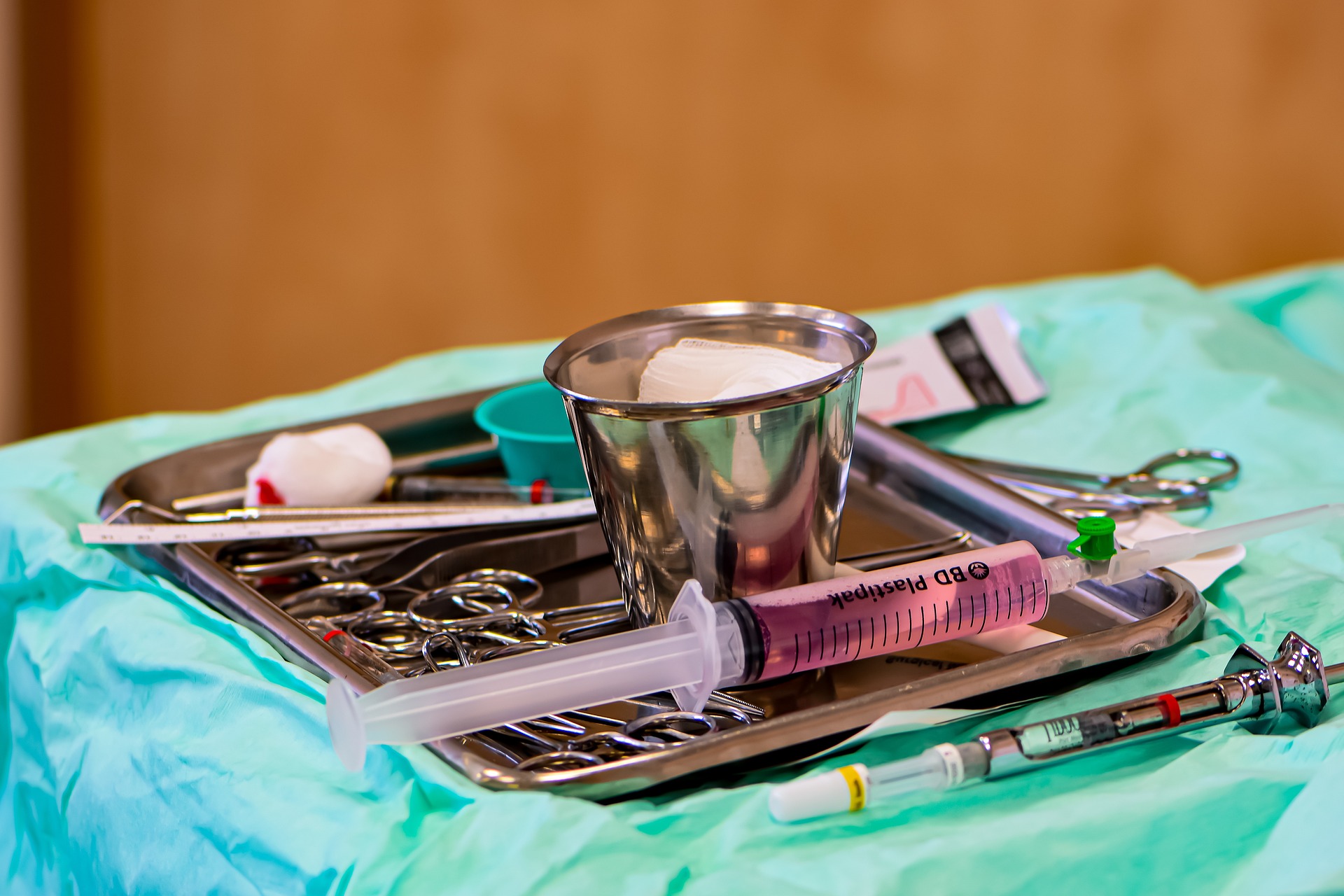Epidural anaesthesia (PDA) – definition
Epi = next to
Peridural anaesthesia, also called epidural anaesthesia, is a regional anaesthesia close to the spinal cord. A puncture is made in the lower back of the woman while giving birth and a catheter (small tube) is inserted into a space between (peri) the surrounding protective membranes (dura) of the spinal cord. Then an anaesthetic is injected to block the sensations below the puncture site. Foto: Pixabay free
Foto: Pixabay free
There are two types of anaesthesia: Either the woman giving birth can adjust the amount of anaesthetic herself using a device and walking around is still possible, or the anaesthetic is injected by an anaesthetist, and as a result it is not possible for the woman in labor to move her lower body independently. The lower body and the labor pain are no longer perceptible. At the same time, control over urine and stool discharge is lost. Therefore, a urine catheter is placed and the urine is discharged into a bag.
Effects for the child should not be underestimated, as the baby is no longer in a physical-mental rhythm with the mother. The baby is indirectly affected by the fact that the mother's body is anaesthetized. The mother's ability to move is severely restricted and she can’t perceive her baby’s signals any longer. For example: if the birth position of the baby is not yet optimal, the mother gets the impulse to change her position. This is how the baby finds its way.
For your consideration:
A new guideline has been in effect since December 2020 in Germany. It applies to staff and to about 85% of women who could give birth naturally, according to WHO. They have a broad say in the matter. Use it. Ask the staff if they follow the new guidelines. You can find out more in our ABC under G: Gidelines.
